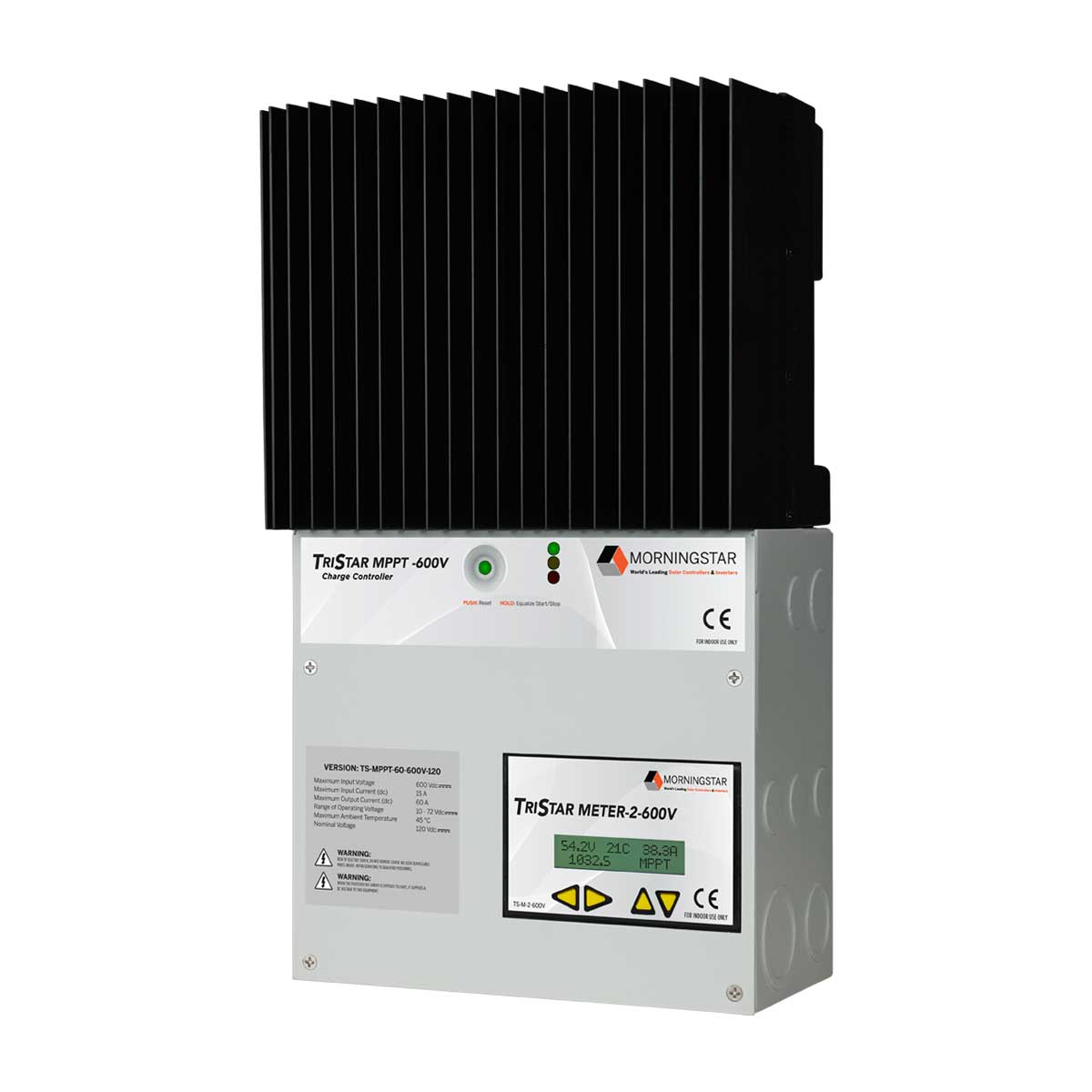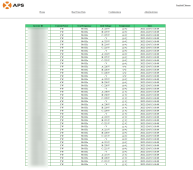missingegg
New Member
- Joined
- Nov 6, 2022
- Messages
- 26
Victron equipment is highly regarded, but I don't think they make a charge controller that meets your needs. I'd recommend searching for a 600V charge controller, which would enable you to have an 8S string without burning out the controller when the sun is out. I think that there are 1000V MPPT controllers available as well, but I've never needed to research this. I'd recommend searching the forum for advice about high voltage systems, or start a new thread specifically asking for high voltage charge controller recommendations. I suspect it's possible to find a controller that would support a 16S string of panels.But then let's get into specifics.
I know by now that the MPPT chargers from victron only need a surcharge of 5 volts, over the battery array voltage, to trigger the battery charging. Once triggered a surcharge of 1 volt is enough to keep it going.
However. Their maximum range is only 250/70 if I am well informed. meaning a max input of 250 volts and a max charge of 70 amps.
This does not seem to cover my use case when all 8 or maybe better all 16(I am still considering getting extra panels) are being fully blasted on by the sun. We do have some sun here from time to time and when it happens I don't want to have things melting, or catching fire, in my technical room.
One note though: 600V current is not something you want to learn about through trial and error. A mistake could lead to your heirs having to hold an estate sale with a lot of solar gear. If you go down this path, I'd very strongly recommend hiring an electrician to help out.





